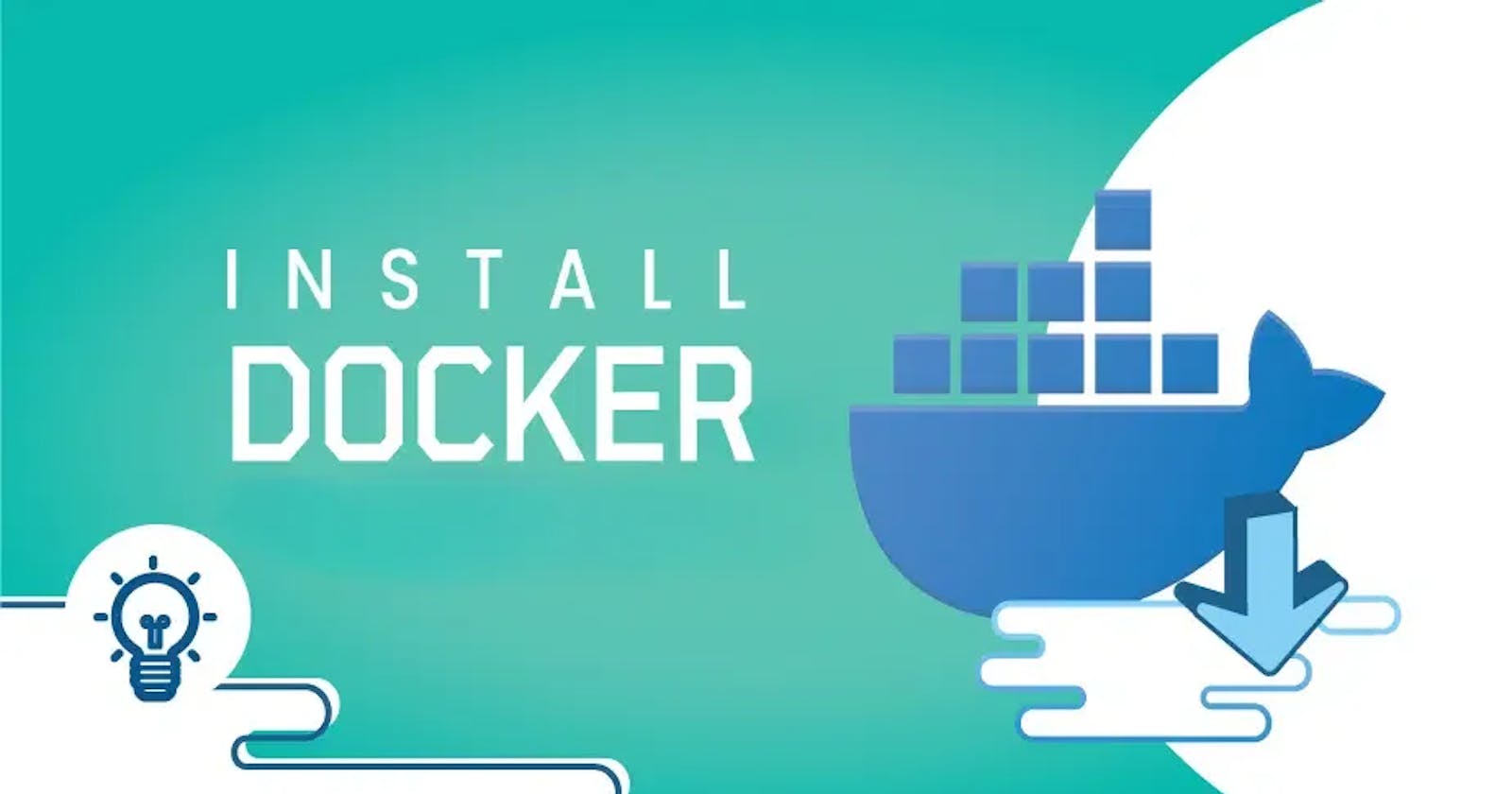1. Introduction
In this article, we'll walk you through the process of installing Docker and getting started with basic Docker commands. Docker simplifies the development and deployment of applications by providing a platform for containerization. We'll cover the installation steps for different operating systems and demonstrate how to use Docker commands to pull images, create containers, and manage containerized applications.
2. Installing Docker
Linux:
For Linux distributions, installing Docker is typically straightforward. You can install Docker using the package manager specific to your distribution. For example, on Ubuntu, you can use apt:
sudo apt update
sudo apt install docker.io
macOS and Windows:
For macOS and Windows, Docker provides desktop applications that include Docker Engine, Docker CLI, and Docker Compose. Simply download the Docker Desktop application from the Docker website and follow the installation instructions for your respective operating system.
3. Docker Commands
Pulling Images:
Once Docker is installed, you can start pulling Docker images from Docker Hub or other registries using the docker pull command:
docker pull <image_name>:<tag>
Creating Containers:
To create a container from a Docker image, use the docker run command:
docker run <image_name>:<tag>
Managing Containers:
You can manage Docker containers using various commands, such as:
Starting a container:
docker start <container_id>Stopping a container:
docker stop <container_id>Restarting a container:
docker restart <container_id>Removing a container:
docker rm <container_id>
Working with Docker Images:
Docker provides commands to manage Docker images, including:
Listing images:
docker imagesRemoving images:
docker rmi <image_id>Tagging images:
docker tag <image_id> <new_image_name>:<tag>
4. Summary
In this article, we've covered the installation of Docker on different operating systems and demonstrated how to use basic Docker commands to pull images, create containers, and manage containerized applications. Docker simplifies the development and deployment process by providing a platform-agnostic solution for containerization, enabling developers to build and run applications consistently across different environments.
Stay tuned for more advanced Docker topics in future articles, where we'll explore container orchestration, networking, and Docker Compose!
